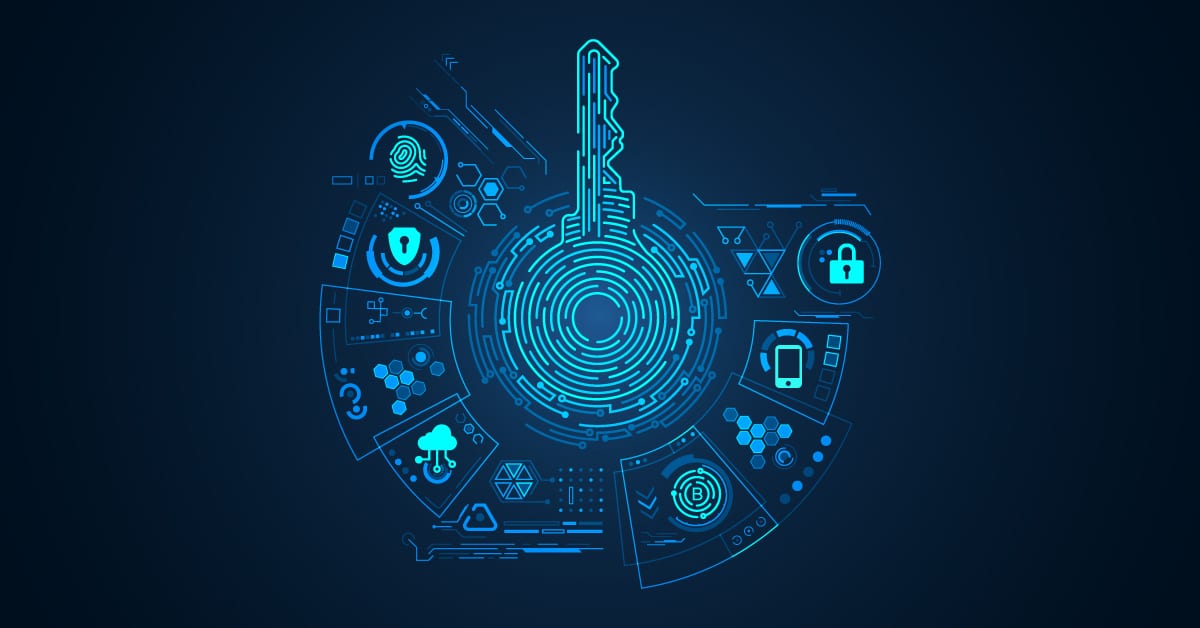Curbing Privileged Access Abuse with a Fresh Approach
May 17, 2024

Privileged access, often granted to administrators and high-level users, holds a significant risk in terms of cybersecurity. Abuse of privileged access can lead to severe consequences, including unauthorized system access, data breaches, and compromised networks. To mitigate these risks, organizations need to adopt a fresh approach to privileged access management (PAM). In this cybersecurity blog post, we will explore the importance of curbing abuse through a revamped PAM strategy, encompassing key principles and best practices.
Recognizing the Risks of Privileged Access Abuse
Privileged accounts possess extensive control over critical systems, databases, and sensitive information. The abuse of these privileges can result in unauthorized access, data manipulation, or theft. Organizations must acknowledge the potential impact and financial implications of privileged access abuse to prioritize a proactive and comprehensive PAM strategy.
Implementing the Principle of Least Privilege (PoLP)
The Principle of Least Privilege advocates granting users the minimum level of privileges necessary to perform their job functions. Adopting PoLP ensures that employees only possess the access rights required for their specific roles, reducing the potential for unauthorized activities or accidental misuse of privileged accounts.

Strengthening Authentication Mechanisms
To protect against unauthorized access, strong authentication mechanisms are critical. Implementing multi-factor authentication (MFA) for privileged accounts adds an extra layer of security. This requires users to provide multiple forms of identification, such as passwords, smart cards, biometrics, or hardware tokens, significantly reducing the risk of compromised credentials.
Segregating Duties and Implementing Separation of Duties (SoD)
Separation of Duties ensures that no single individual has complete control over critical operations. By dividing tasks and responsibilities among multiple personnel, organizations minimize the potential for abuse of privileged access. It also helps detect and prevent conflicts of interest or fraudulent activities.
Monitoring and Auditing Privileged Activities
Continuous monitoring and auditing of privileged activities are vital to detect suspicious behavior and potential abuse. Robust logging and auditing mechanisms should be in place to capture and analyze privileged user actions. Security Information and Event Management (SIEM) tools can aid in identifying anomalies, generating alerts, and providing real-time visibility into privileged access events.

Implementing Just-in-Time (JIT) Privileged Access
Just-in-Time Privileged Access provides temporary and limited access to privileged accounts for specific tasks or timeframes. JIT access minimizes the attack surface by reducing the overall time privileged accounts are active, mitigating the risk of abuse or prolonged unauthorized access.
Continuous Education and Training
Educating privileged users about their responsibilities, cybersecurity best practices, and the potential consequences of privilege abuse is crucial. Regular training sessions on PAM policies, secure authentication practices, and recognizing social engineering techniques help raise awareness and promote a security-conscious culture within the organization.
Regular Access Reviews and Removal of Unused Privileges
Conducting regular access reviews ensures that privileged access remains up to date and aligned with organizational needs. Unused or unnecessary privileges should be promptly revoked to minimize the potential attack surface and mitigate the risk of privilege abuse.

Privileged access management plays a critical role in securing organizations’ sensitive data and critical systems. Taking a fresh approach to PAM by embracing the principles of least privilege, strong authentication, segregation of duties, continuous monitoring, just-in-time access, and ongoing education empowers organizations to curtail abuse and strengthen their cybersecurity posture. By implementing robust PAM strategies and embracing a proactive mindset, organizations can minimize the risks associated with privileged access and enhance their overall security posture.
Have Any Question?
Call or email Cocha. We can help with your cybersecurity needs!
- (281) 607-0616
- info@cochatechnology.com




